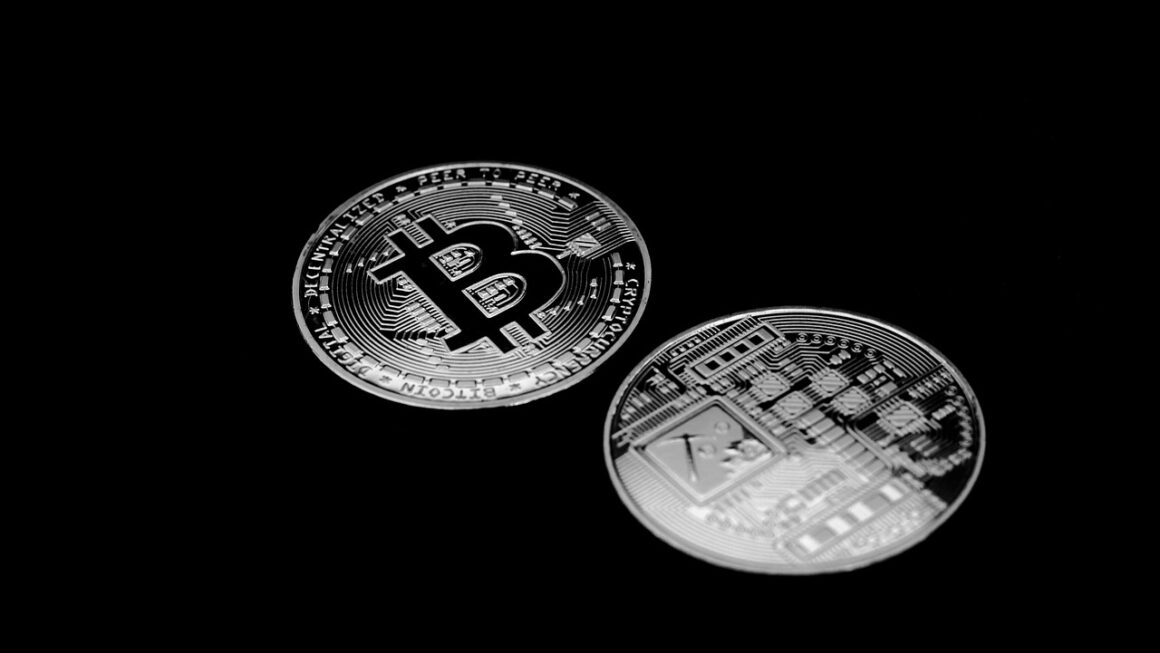Solana has emerged as a powerhouse in the blockchain world, captivating developers and users alike with its innovative approach to scalability and speed. This blog post delves into the intricacies of Solana, exploring its architecture, key features, ecosystem, and future potential, providing you with a comprehensive understanding of this dynamic platform.
What is Solana?
Solana’s Core Principles
Solana is a high-performance, permissionless blockchain focused on providing fast transaction speeds and scalability. Unlike Bitcoin or Ethereum, which use Proof-of-Work or Proof-of-Stake consensus mechanisms, Solana utilizes a unique hybrid consensus model. This model combines Proof-of-Stake (PoS) with a novel technology called Proof-of-History (PoH).
- Proof-of-History (PoH): This is a key innovation that allows Solana to achieve high throughput. PoH is essentially a verifiable delay function that enables the network to agree on the order and timing of transactions cryptographically. This dramatically reduces the time required for consensus.
- Proof-of-Stake (PoS): Solana also uses PoS for block production. Validators are chosen to create new blocks based on the number of SOL tokens they hold and stake. This secures the network and incentivizes participation.
How Solana Differs from Other Blockchains
Solana stands apart from other blockchains due to its focus on speed and scalability, addressing some of the common limitations found in earlier generations of blockchain technology.
- Transaction Speed: Solana boasts a theoretical transaction speed of up to 65,000 transactions per second (TPS), which is significantly faster than Ethereum’s current capacity. In practice, the network currently processes thousands of transactions per second.
- Low Transaction Fees: Due to its efficient consensus mechanism and high throughput, Solana offers significantly lower transaction fees compared to Ethereum, making it more accessible for users.
- Scalability: Solana’s architecture is designed to scale efficiently as the network grows, addressing the scalability challenges that many other blockchains face.
- Example: Imagine you’re trading NFTs. On Ethereum, you might experience high gas fees and slow transaction times. On Solana, the transaction would likely be confirmed much faster and at a fraction of the cost, making it a more appealing option for frequent trading.
Solana’s Key Features and Technology
Proof-of-History (PoH) Explained
PoH is the cornerstone of Solana’s high performance. It works by creating a cryptographically secure clock, allowing the network to track time and order events without needing constant communication between validators.
- Verifiable Delay Function (VDF): PoH uses a VDF, which requires a specific amount of time to compute but can be verified very quickly. This ensures that the timestamp associated with each transaction is accurate and tamper-proof.
- Sequential Hashing: The VDF is implemented using sequential hashing, where the output of one hash is used as the input for the next. This creates a verifiable chain of events that can be independently verified by anyone on the network.
Other Notable Technologies
Beyond PoH, Solana incorporates several other key technologies to enhance its performance and functionality.
- Tower BFT: A Byzantine Fault Tolerance (BFT) algorithm optimized for PoH. It allows validators to quickly agree on the state of the network.
- Turbine: A block propagation protocol that optimizes data transmission across the network, enabling faster transaction processing.
- Gulf Stream: A transaction forwarding protocol that allows transactions to be forwarded to validators before they are officially confirmed, reducing confirmation times.
- Sealevel: A parallel transaction processing engine that allows multiple transactions to be processed simultaneously, maximizing throughput.
- Pipelining: A transaction processing unit for validation optimization.
- Cloudbreak: A horizontally scaled accounts database.
- Archivers: Distributed ledger storage
Benefits of These Technologies
These technologies collectively contribute to Solana’s speed, scalability, and low transaction costs.
- Faster Transactions: Transactions are processed and confirmed much faster compared to other blockchains.
- Lower Fees: The efficiency of the network results in lower transaction fees for users.
- Increased Scalability: The network can handle a large volume of transactions without experiencing significant performance degradation.
- Example: A decentralized exchange (DEX) built on Solana can offer near-instantaneous trades with minimal fees, providing a superior trading experience compared to DEXs on slower, more expensive blockchains.
The Solana Ecosystem
DeFi Projects on Solana
Solana has attracted a thriving ecosystem of decentralized finance (DeFi) projects.
- Decentralized Exchanges (DEXs): Raydium and Orca are popular DEXs on Solana, offering fast and low-cost trading opportunities.
- Lending and Borrowing Platforms: Solend and Mango Markets are examples of platforms that allow users to lend and borrow crypto assets.
- Yield Aggregators: Francium Protocol and Tulip Protocol help users optimize their yield farming strategies.
NFTs on Solana
Solana has also become a hub for non-fungible tokens (NFTs).
- Marketplaces: Magic Eden and Solanart are leading NFT marketplaces on Solana, offering a wide range of digital collectibles.
- Unique NFT Projects: Projects like Solana Monkey Business and DeGods have gained significant popularity within the Solana NFT community.
Building on Solana
Solana’s developer-friendly environment makes it attractive for building new applications.
- Programming Languages: Developers can use Rust to build smart contracts on Solana.
- Development Tools: Solana provides a comprehensive suite of development tools, including SDKs, CLIs, and testing frameworks.
- Actionable Takeaway: If you’re a developer interested in blockchain, exploring Solana’s development resources could be a great way to get started with building high-performance decentralized applications.
Solana’s Future and Challenges
Potential Growth Areas
Solana has the potential to experience significant growth in the coming years.
- Continued DeFi Expansion: The Solana DeFi ecosystem is likely to continue expanding, with new projects and innovations emerging.
- Increasing NFT Adoption: Solana’s low transaction fees and fast speeds make it an attractive platform for NFTs, which could drive further adoption.
- Enterprise Adoption: Solana’s scalability and performance could make it a viable option for enterprise applications.
Addressing Existing Challenges
Despite its potential, Solana faces some challenges.
- Network Stability: Solana has experienced periods of network congestion and downtime. Addressing these issues is crucial for ensuring long-term stability.
- Centralization Concerns: Some critics have raised concerns about the concentration of SOL tokens and validator power. Efforts to decentralize the network further are ongoing.
- Competition:* Solana faces competition from other Layer-1 blockchains, such as Ethereum, Cardano, and Avalanche.
Solana’s Long-Term Vision
Solana’s long-term vision is to become a leading platform for decentralized applications, powering a new generation of financial services, digital assets, and online experiences. By addressing its challenges and continuing to innovate, Solana has the potential to realize this vision and play a significant role in the future of blockchain technology.
Conclusion
Solana’s innovative architecture, high throughput, and growing ecosystem have positioned it as a major player in the blockchain space. While challenges remain, its potential for growth and its impact on the DeFi and NFT landscapes are undeniable. Whether you are a developer, investor, or simply curious about the future of blockchain, Solana is a platform worth watching.




